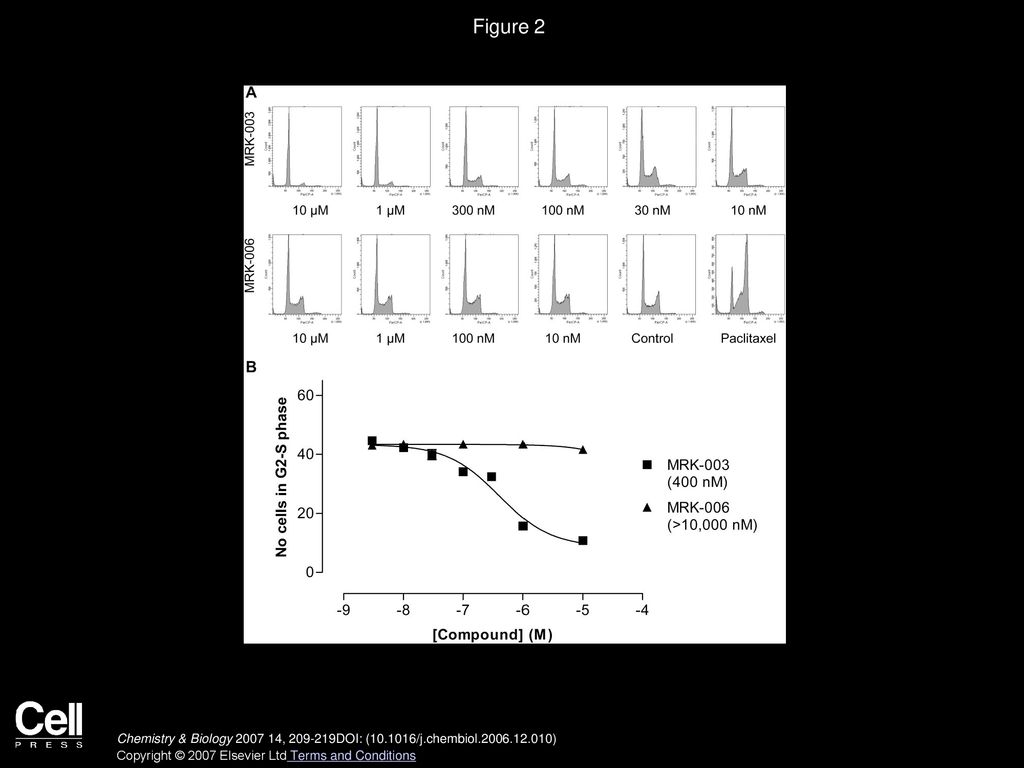Volume 14 Issue 2 Pages February 2007 Biology Diagrams In most vertebrates, oocytes await fertilization while arrested at metaphase of meiosis II. This resting state can be stable for many hours and depends on a cytoplasmic activity termed cytostatic factor (CSF). Recently, members of the novel Emi/Erp family of proteins have been put forward as important components of CSF. However, if CSF components are introduced into cells of the embryo, the cell cycle arrests in metaphase of the next mitosis (Masui and Markert, 1971; for review see Tunquist and Maller, 2003). To determine whether Mad1 and Mad2 possess CSF activity, we injected recombinant forms of each protein into blastomeres of two-cell stage Xenopus embryos The second causes cell cycle arrest when injected into a mitotically dividing embryo, leading to its designation as cytostatic factor (CSF) (see Fig. 1). This arrest is characterized by the presence of a metaphase spindle and high Cdk1 activity in the injected cell, just like the physiological CSF arrest that occurs in meiosis II.

Under arrest: cytostatic factor (CSF)-mediated metaphase arrest in vertebrate eggs. showed that the arrest of cell cycle progression in egg extracts by the DNA replication checkpoint could be restored if a "critical nuclear density" was added to the extracts. Subsequent work by Minshull and colleagues (1994), as described above Mad1 and Mad2 arrest cleaving Xenopus embryos in metaphase. Mad1 and Mad2 proteins are present in the early embryo even though nocodazole does not affect cell cycle progression until the gastrula stage (Minshull et al., 1994; Clute and Masui, 1995).However, if CSF components are introduced into cells of the embryo, the cell cycle arrests in metaphase of the next mitosis (Masui and Markert

Cytostatic factor: an activity that puts the cell cycle on hold Biology Diagrams
Oocytes from higher chordates, including man and nearly all mammals, arrest at metaphase of the second meiotic division before fertilization. This arrest is due to an activity that has been termed 'Cytostatic Factor'. Cytostatic Factor maintains arrest through preventing loss in Maturation-Promoting Factor (MPF; CDK1/cyclin B). Physiologically, Cytostatic Factor - induced metaphase arrest is Spindle checkpoint proteins Mad1 and Mad2 are required for cytostatic factor-mediated metaphase arrest. J Cell Biol 163: 1231-1242. Article CAS Google Scholar Tunquist BJ, Maller JL . (2003

To await fertilization, oocytes have to maintain a cell cycle arrestalso named cytostatic factor or CSF arrest (Schmidt et al, 2006)-for an extended time in metaphase II. Sgo2 localized by Mps1
